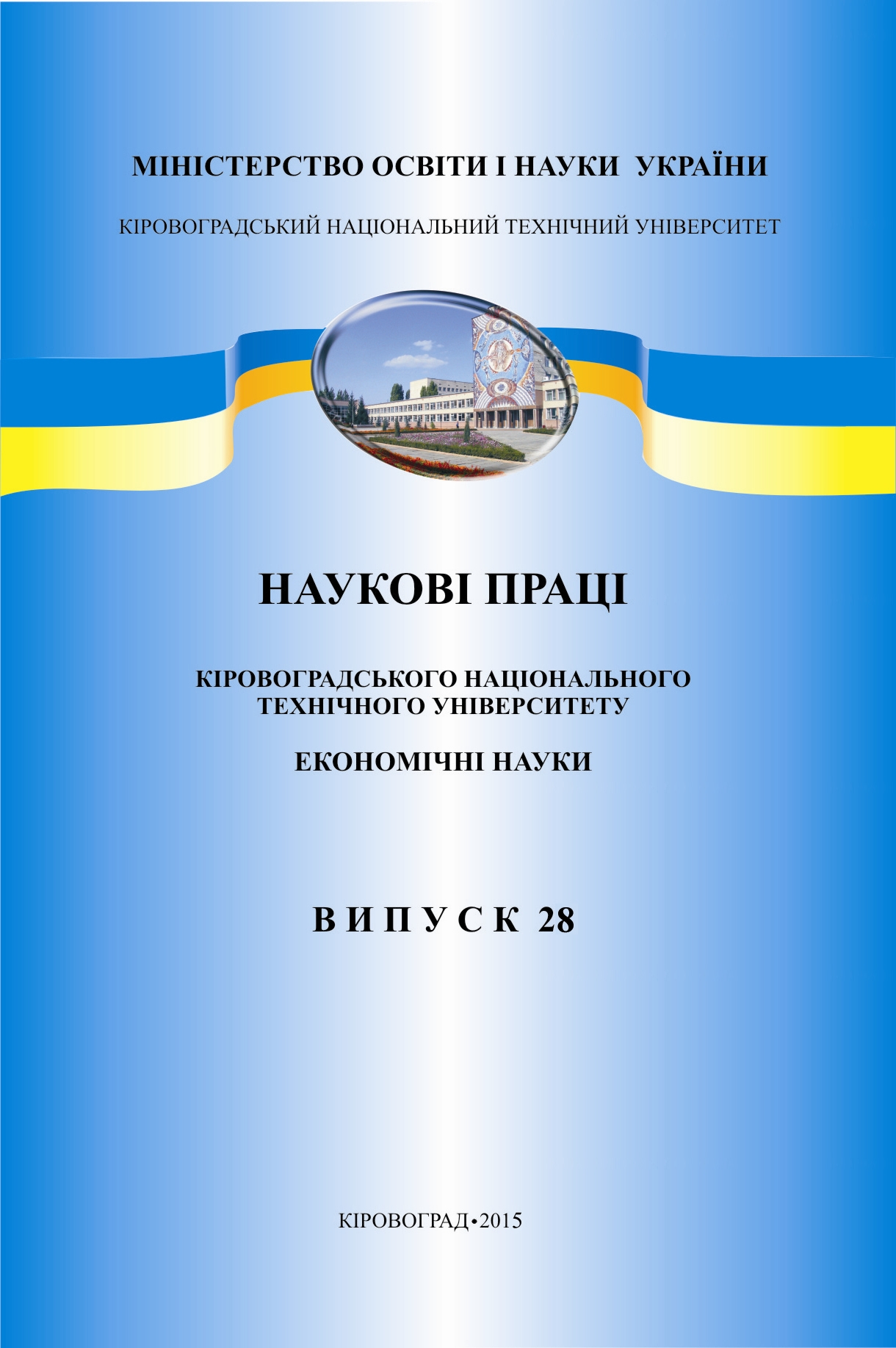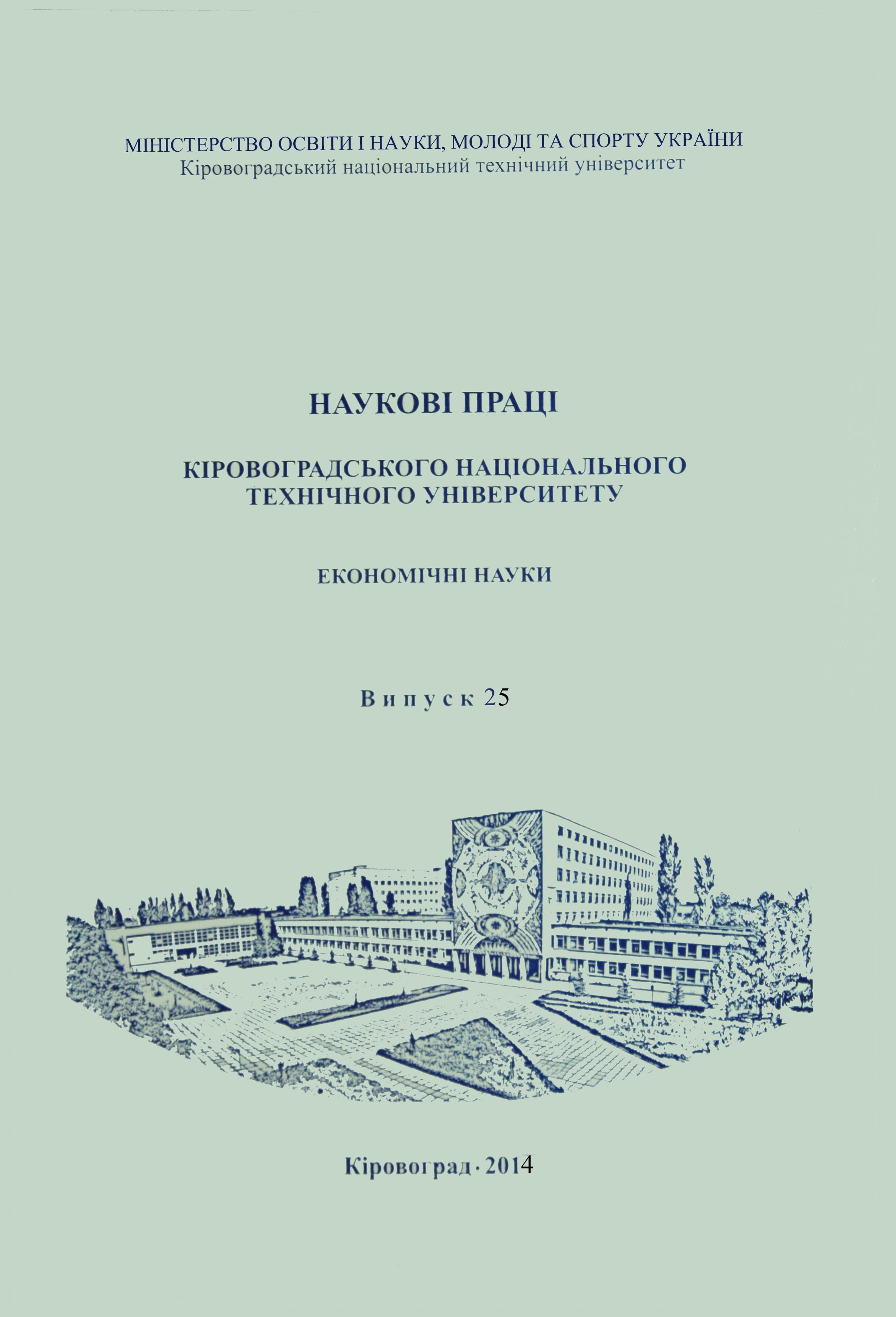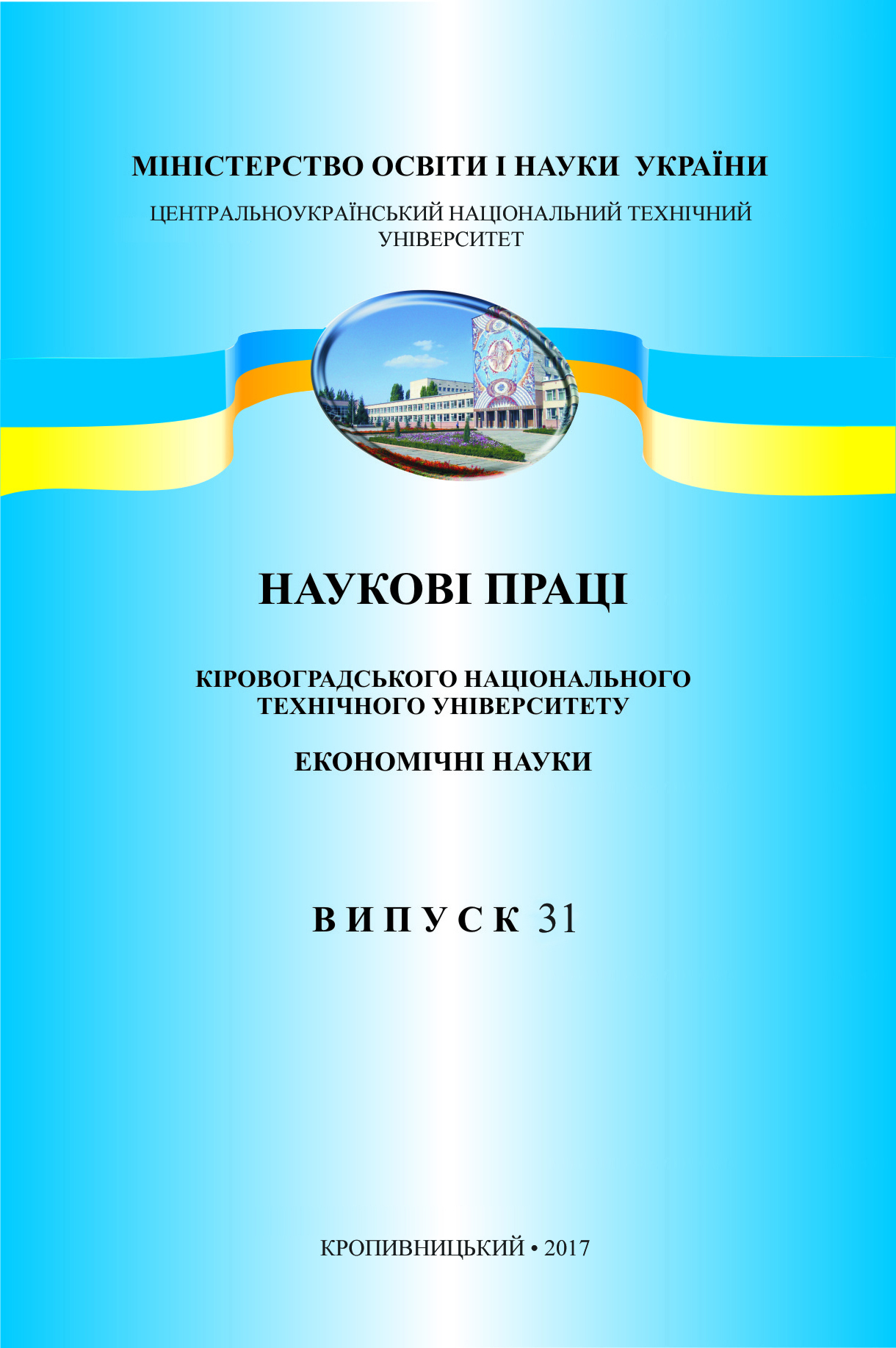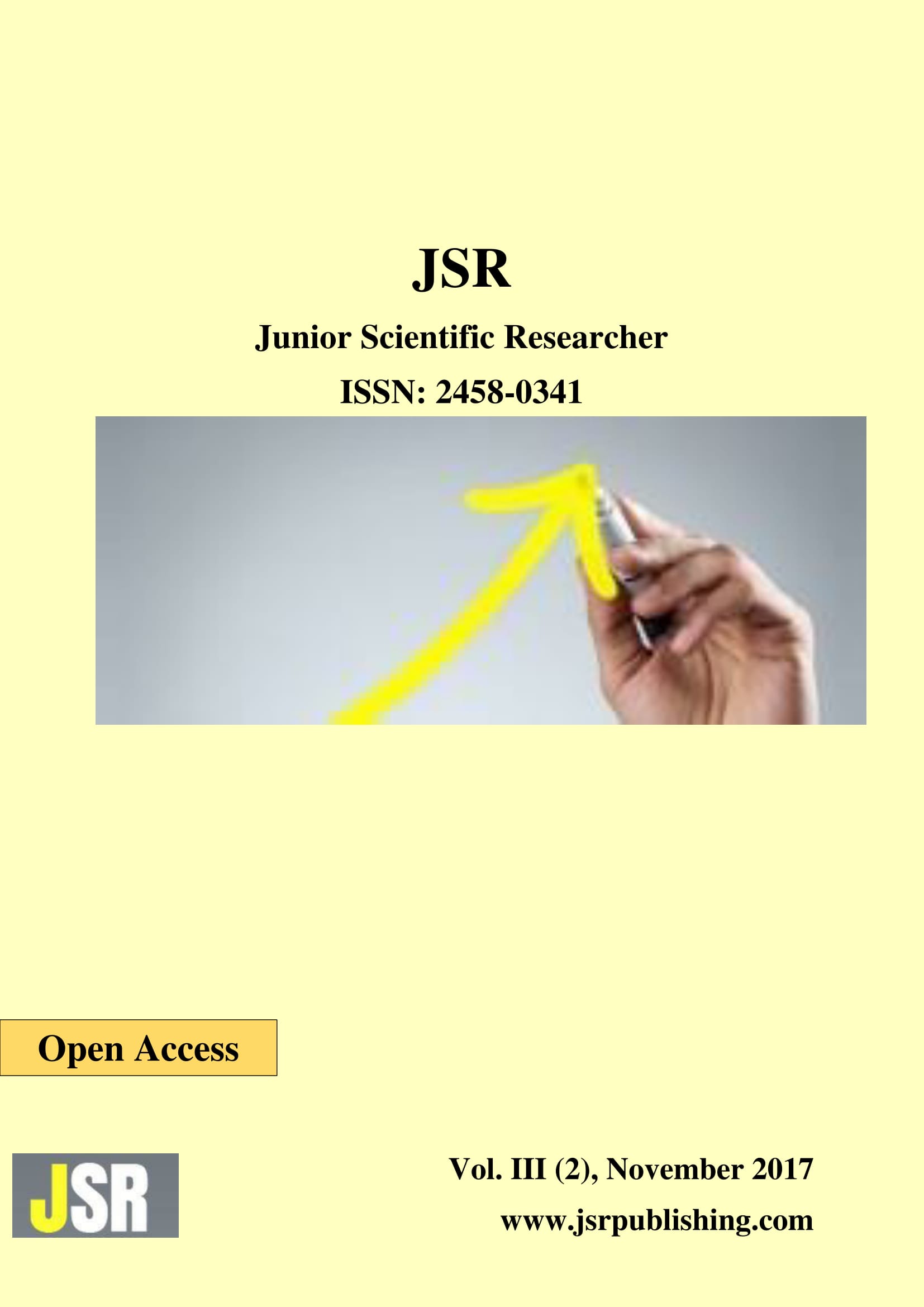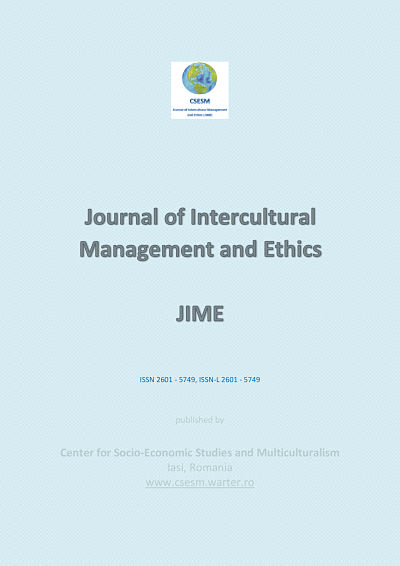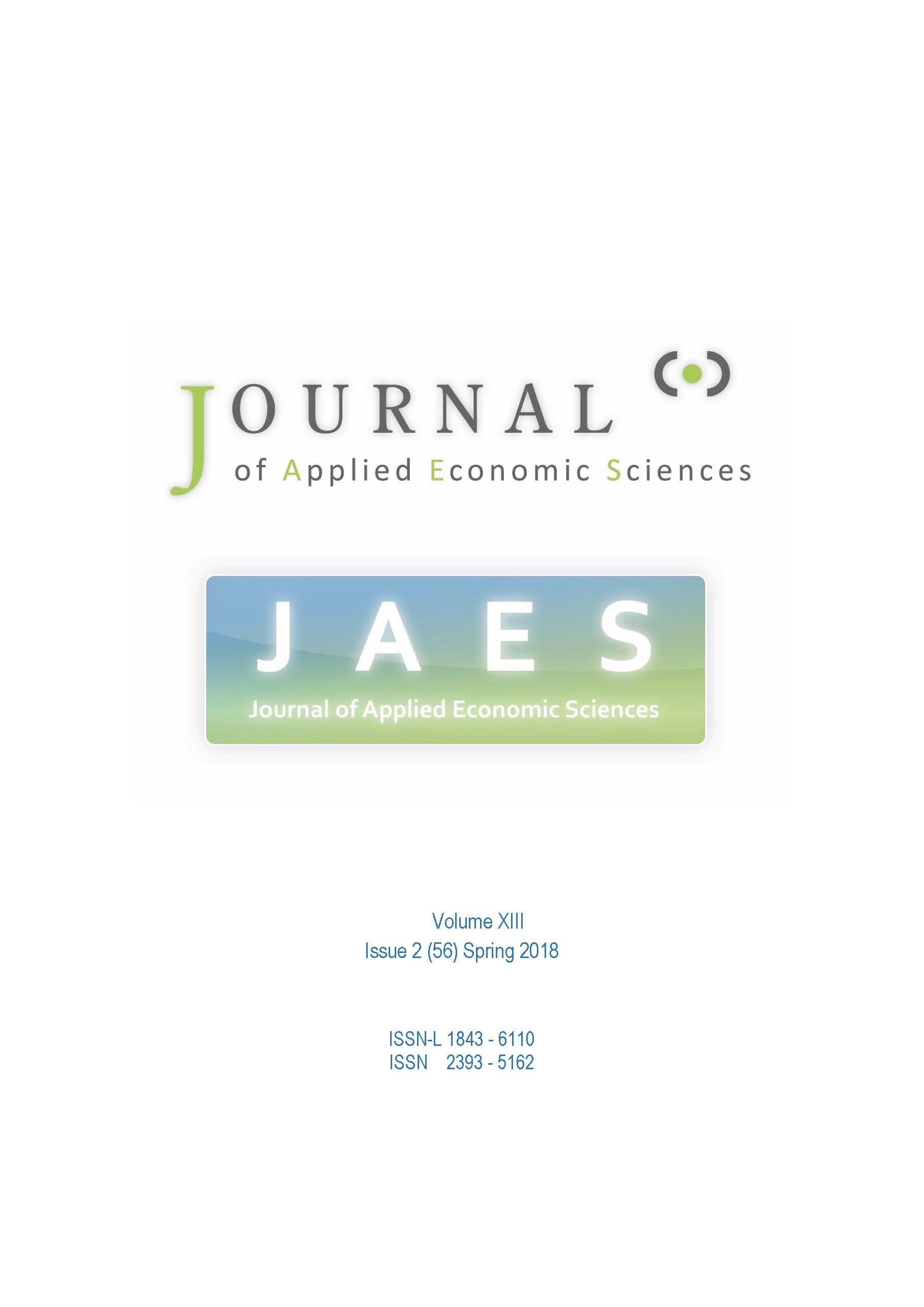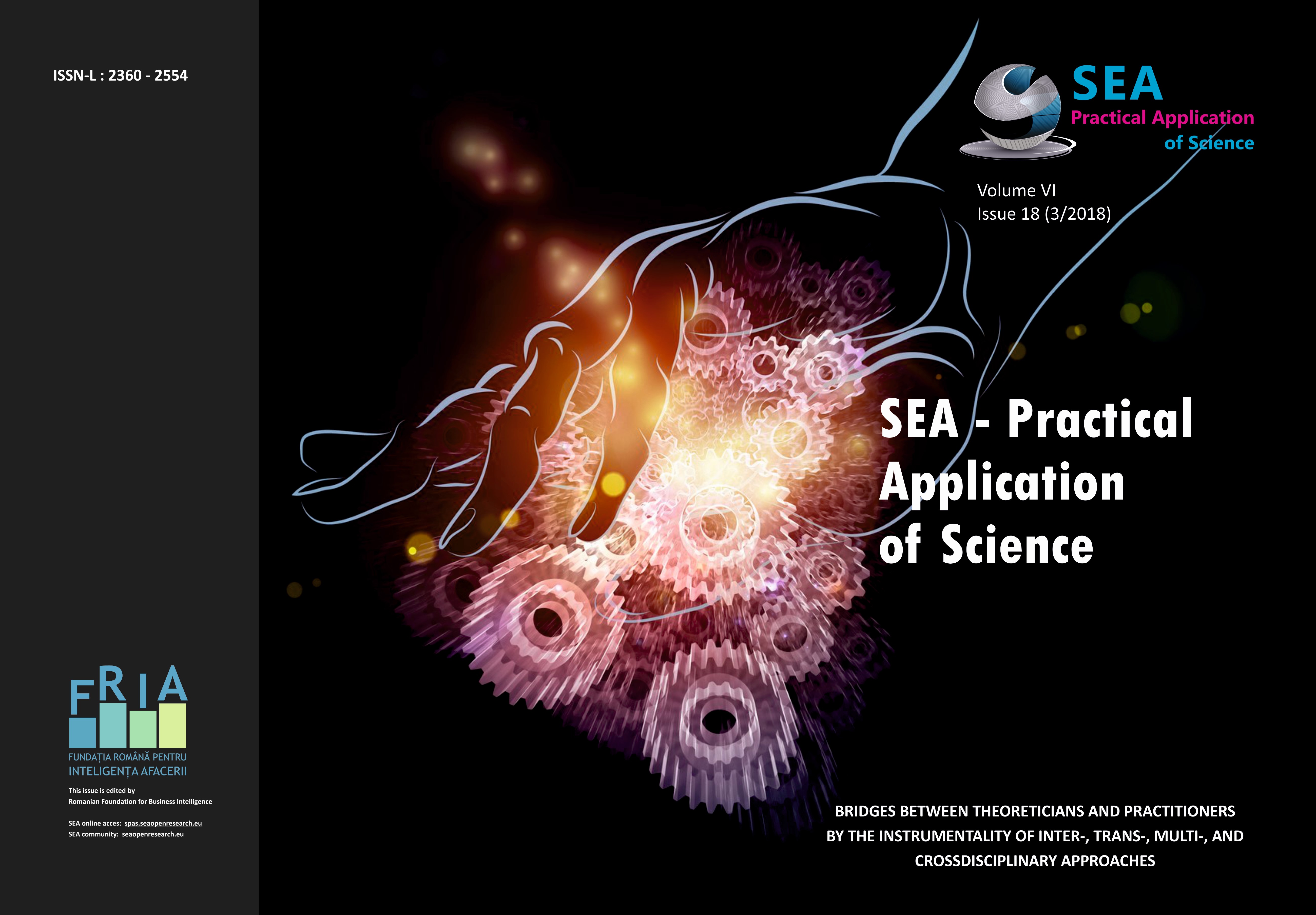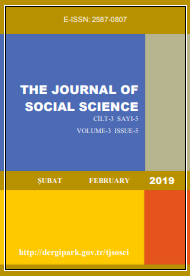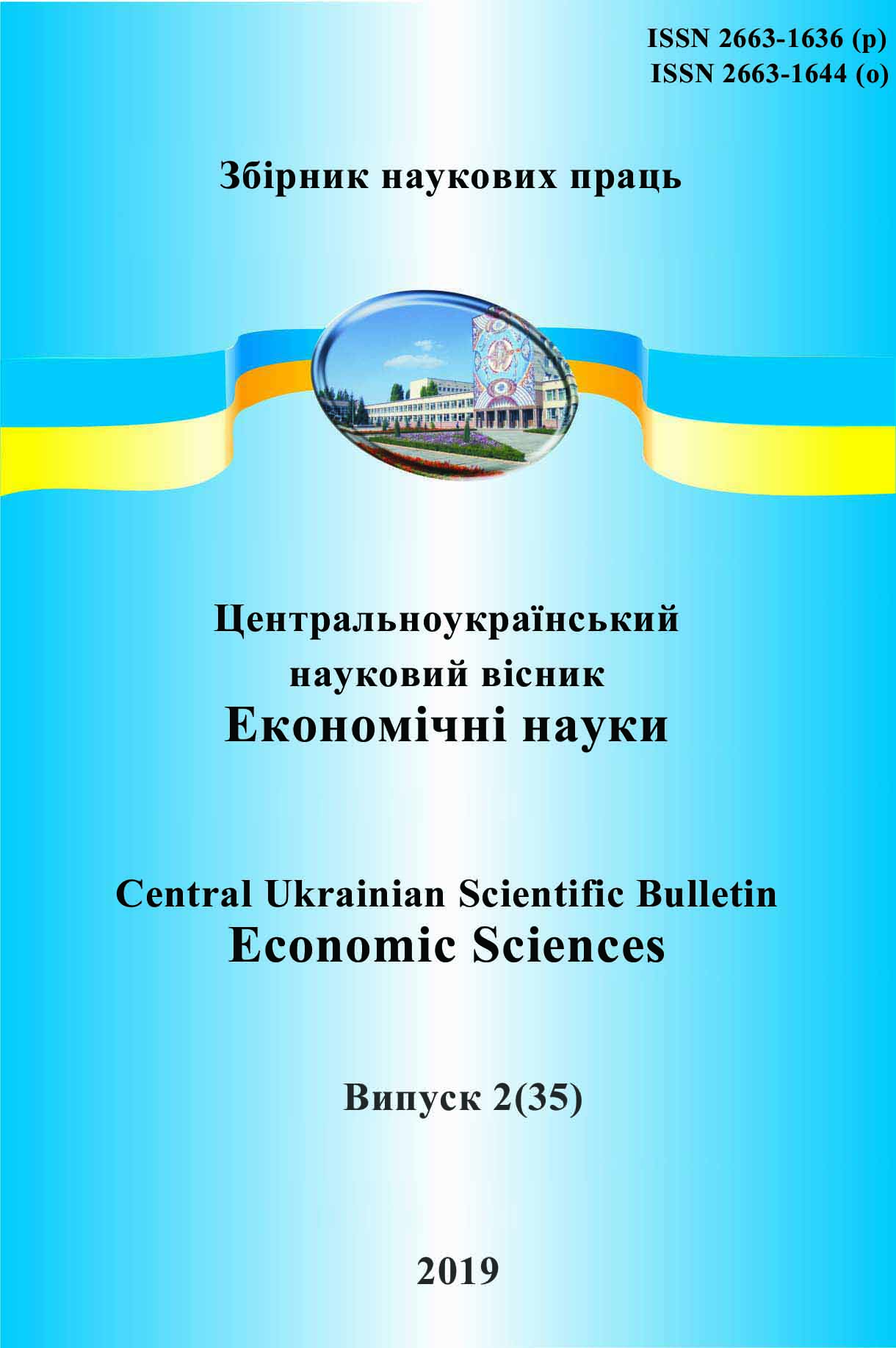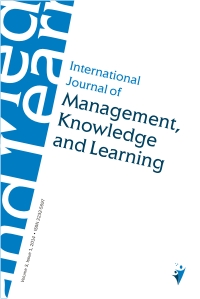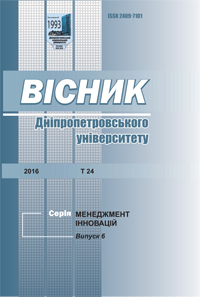
Відкриті інноваційні системи: головні характеристики і напрями інтернаціоналізації
Exploring the peculiarities and trends in innovation development in modern conditions is based on defining its new characteristics caused by postindustrial transformations.The aim of writing this article is to study the main elements of open national innovation systems and trends of their integration into international innovation cooperation. In the course of performing the set tasks, we used methods of system and structural–functional analysis to substantiate the main components of open innovation systems and the trends in their formation and operation.It was stressed that the main characteristics of open innovation systems are innovation entrepreneurship, innovation networks, innovation cooperation and partnership, innovation clusters and ecosystems. The driving force of modern innovation process is the entrepreneurial innovation activity, covering all stages and areas of system innovation process, relying on innovations in technology, management, market, social and providing for innovative development of the society.It was discovered that the innovative collaboration involves its participants in the innovation process with the use of such forms as technology transfer, information exchange, research and educational programs, commercial exchange of innovative products. Innovation partnership combines innovation resources and activities of the participants – setting up innovative enterprises, joint implementation of innovative projects. In the modern period, innovation collaboration and partnership develop at the level of corporations, industries and sectors of national economy and on the international level.Development of innovative cooperation and partnership depends on the formation and status of innovation ecosystems as the medium of open innovations. Influenced by global factors, the development of innovation clusters is characterized by the trend of internationalization of innovation activities on the basis of international cooperation among clusters of different countries.Innovation development leads to certain transformations in the human capital, growth in the level of its innovativeness and innovation. Internationalization of human capital in innovation occurs on the basis of the development of international scientific and technical cooperation and implementation of social humanitarian programs.Directions of formation of open innovation systems are the development of innovation entrepreneurship, innovation networks, innovation cooperation and partnership, innovation ecosystems and clusters. The core of open innovation systems is the human capital of innovation development.The scientific novelty of this research made it possible to determine the conditions and factors for the innovation systems to reach various levels of open nature and substantiation of their components and areas of internationalization. The practical significance of the obtained results is application of the materials of this paper by the subjects of innovation activity for managing the innovation process based on the principles of open innovations. Further research into defined scientific problem will be focused on the substantiation of features of renewal of human capital of open innovation systems.
More...
